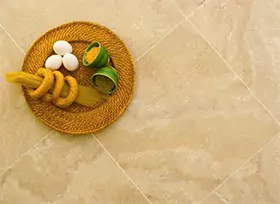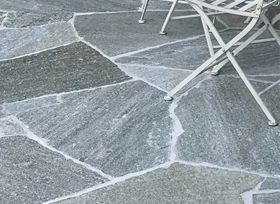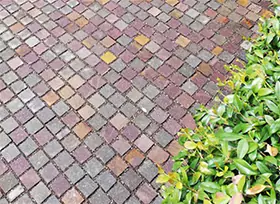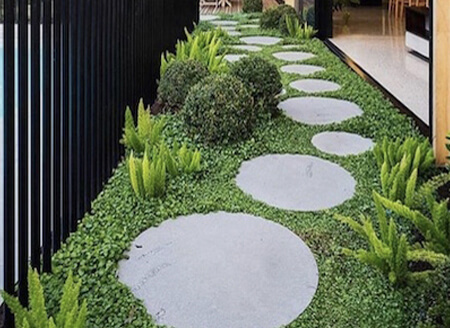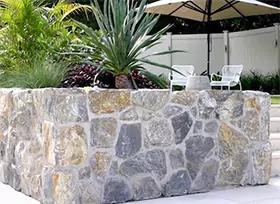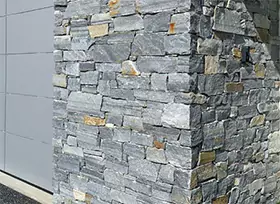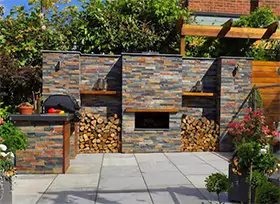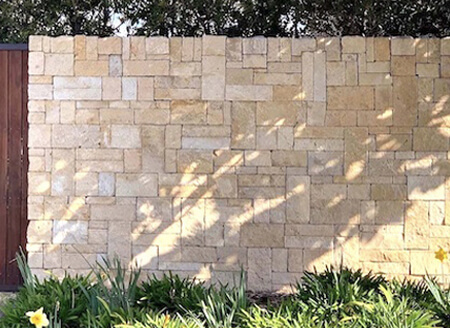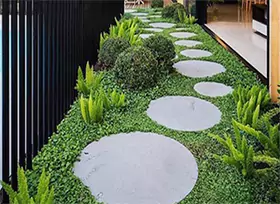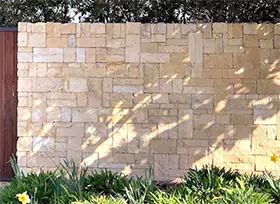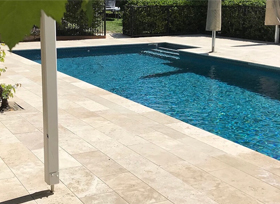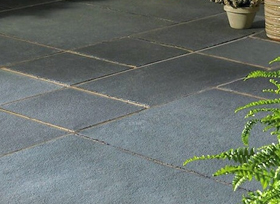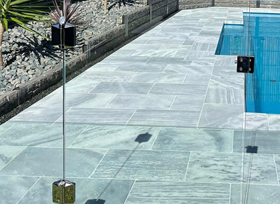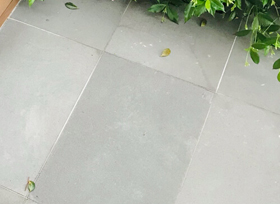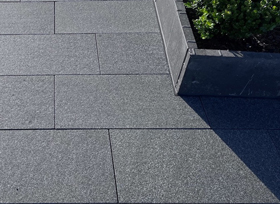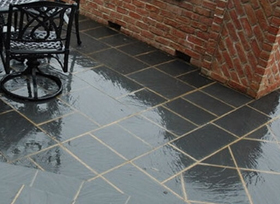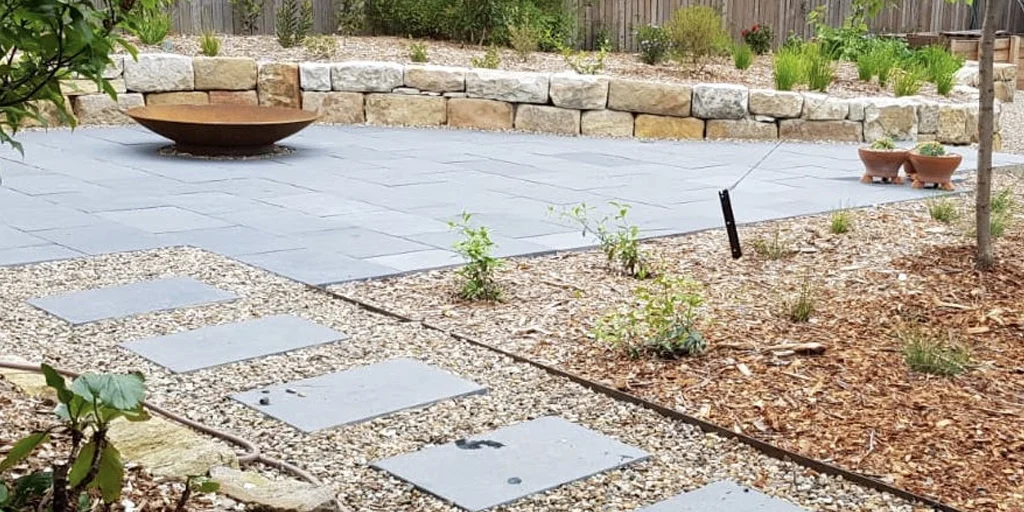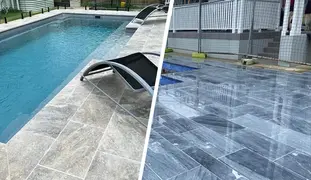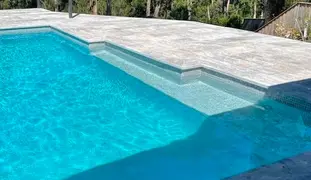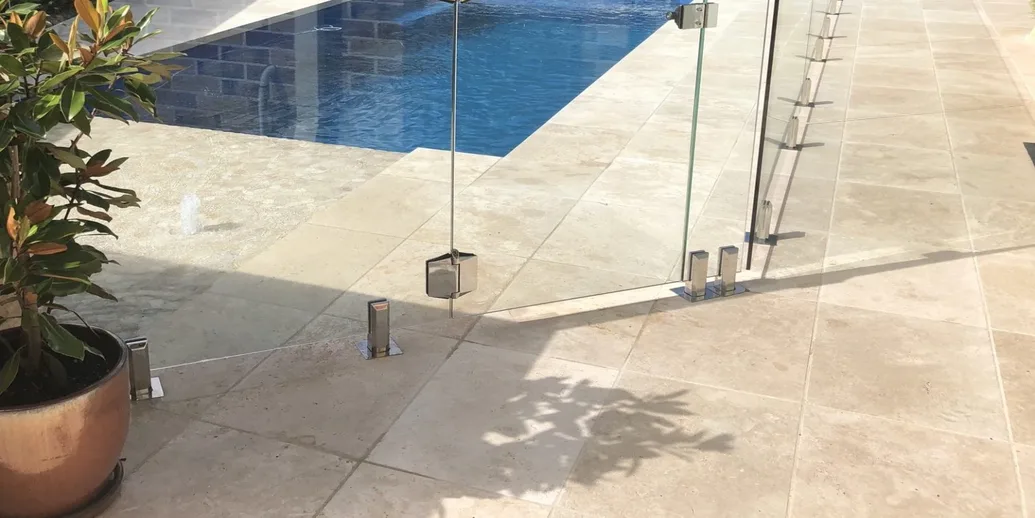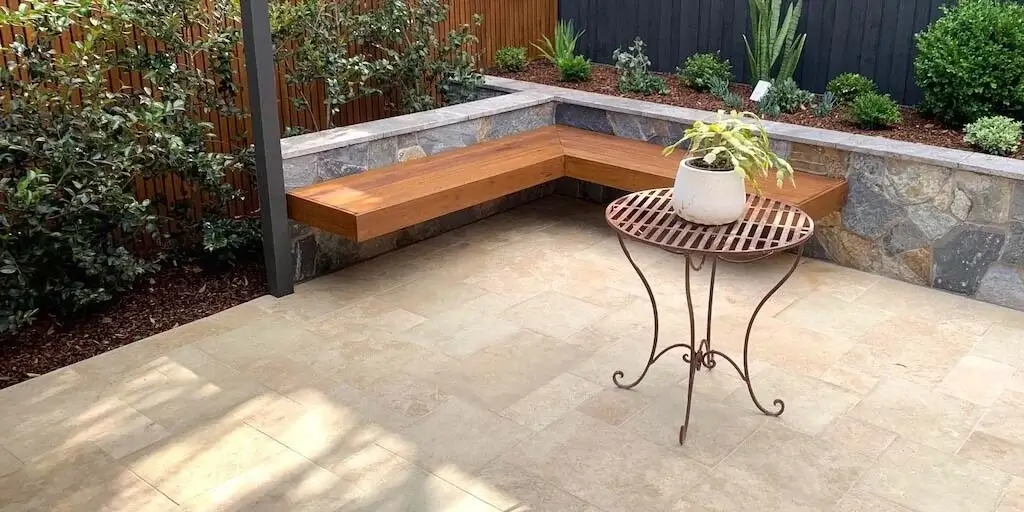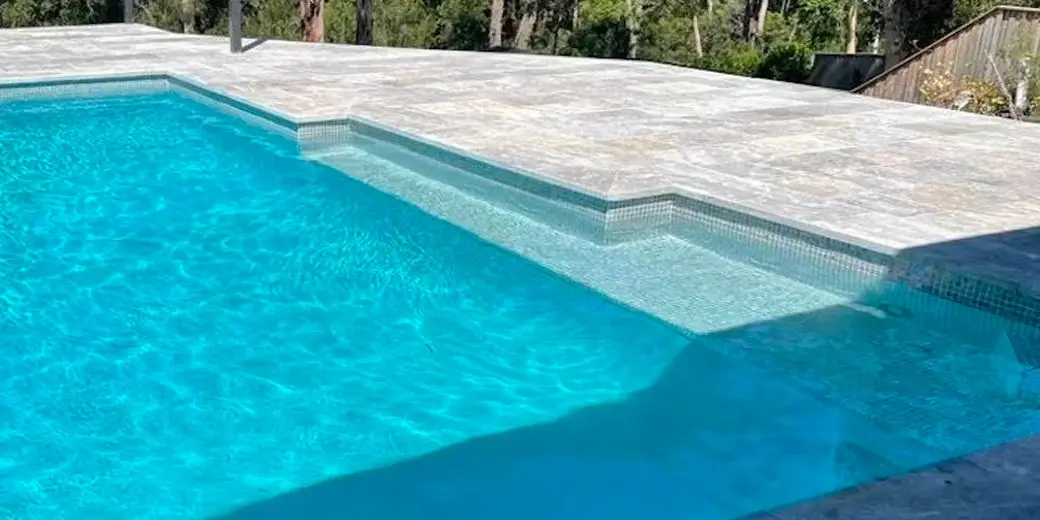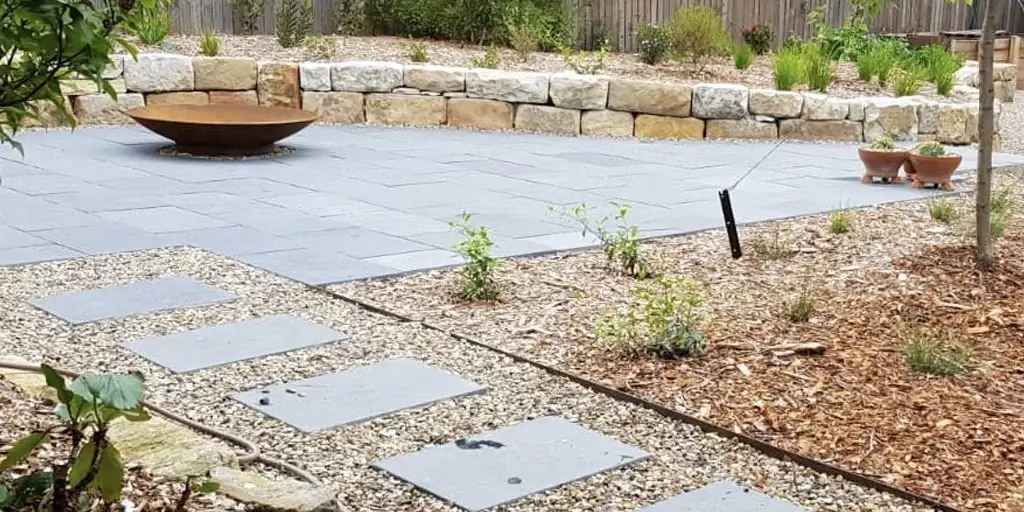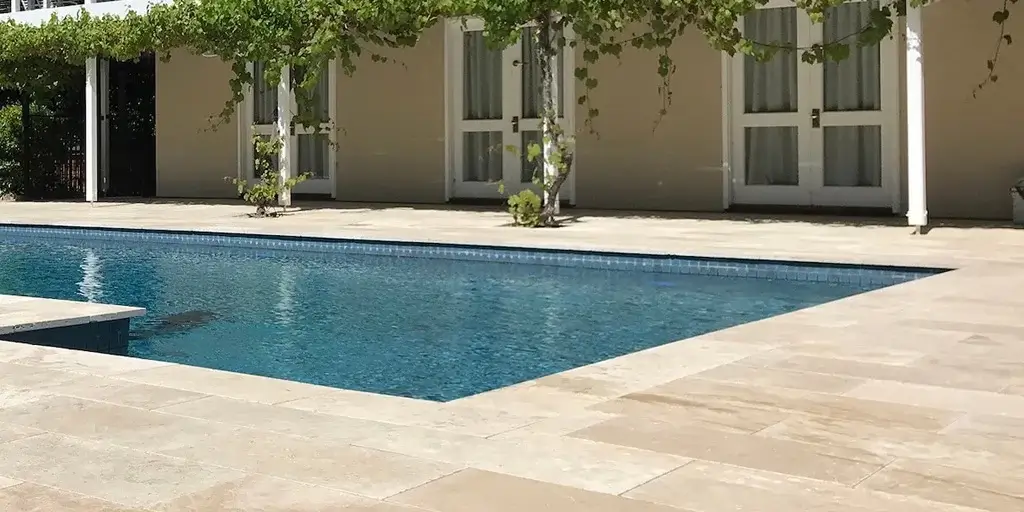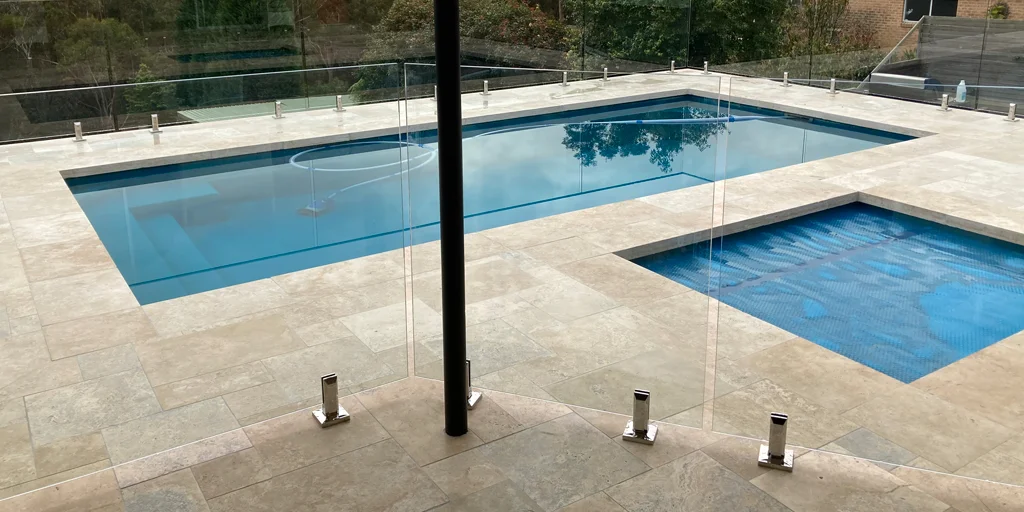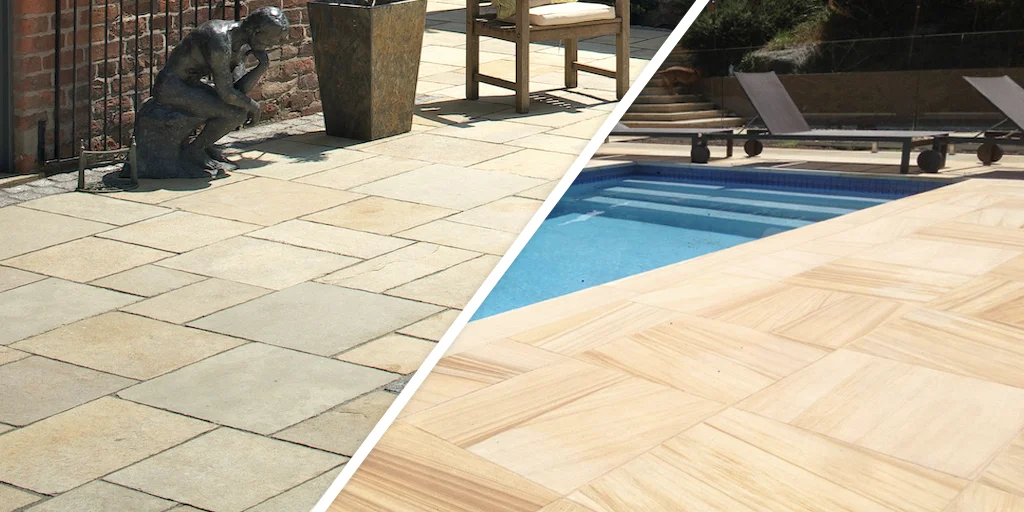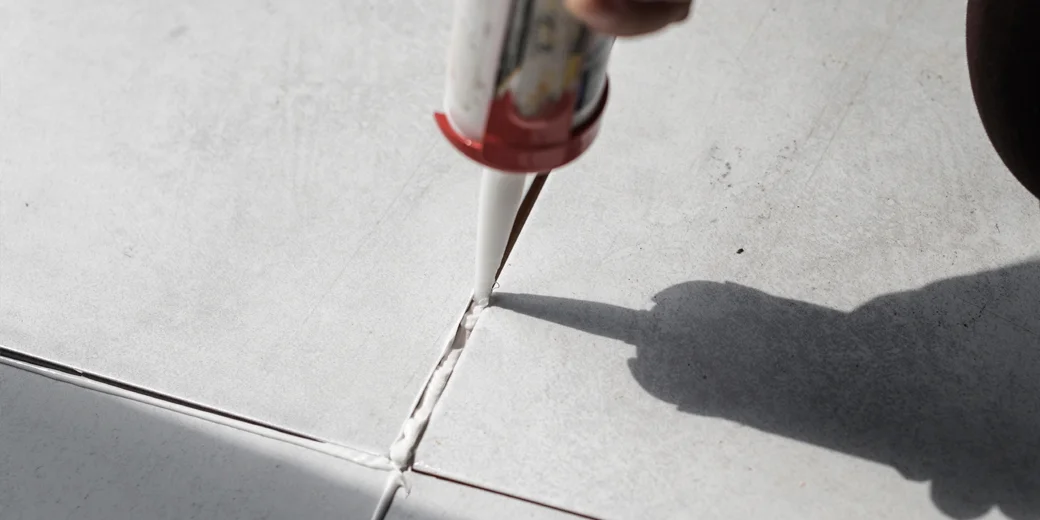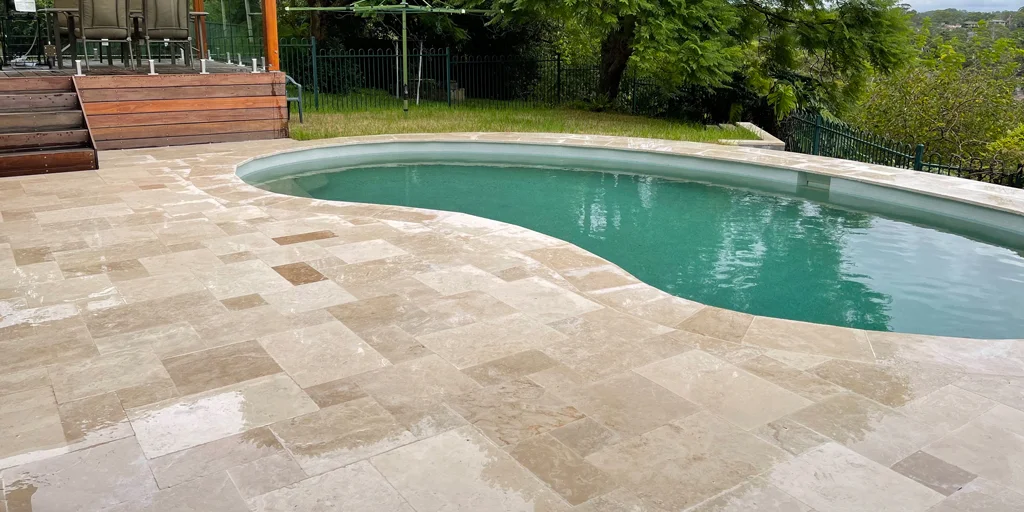With a soothing demeanour and unrivalled strength, Limestone has been used in the construction industry for ages. Use it in building walls, driveways, outdoor pavers, or indoor tiles; it will never disappoint you. However, along with all the positive things comes the downside.
Benefits of Using Limestone Pavers and Tiles
Durability: Durability is the first and most important benefit of using Limestone flooring or walling. As a natural stone that is one of the most popular paving materials, its durability is a big factor for Australians choosing it. Many named and known buildings made of Limestone have all stood the test of time, such as, The Empire State Building, the Great Pyramids of Egypt, and the Washington National Cathedral. So, you don’t have to be concerned about foot activity on your Limestone pavers or tiles.
Timeless Appearance: Many kinds of flooring come and go in popularity; vinyl, for example, was popular in the 1970s and 1980s but has since fallen out of favour. Limestone tiles, on the other hand, have been used in buildings for thousands of years and never go out of style. Not only that, with different textures and colours available, it suits all kinds of designs and architectural demands. Plus, it increases the property’s resale value, giving an edge.
Versatility: Many other flooring solutions cannot compete with the versatility of Limestone pavers and tiles. This natural stone can be found in traditional, subdued tones and would appear rustic and sophisticated in any home. The tiles and pavers are appropriate for every space in your home, and their classic design ensures that they will look beautiful no matter how often you renovate.
Low Maintenance: Different kinds of flooring can be difficult to keep clean and maintain. Carpet, for example, is infamous for retaining dust and bacteria and a red wine spill might spell disaster. Limestone pavers and tiles, on the other hand, are water and spill resistant. You only need a simple sweep and mop to keep the floors clean. It reacts to acidic solutions and does absorb water in extreme cases.
However, should that deter you from choosing Limestone for your property?
We guess not because they survive for eternity with the right maintenance and care.
Let’s check out some easy tricks and tips for you to maintain Limestone pavers and tiles.
Sealing: The primary step
You would be aware that Limestone is porous and an acid-sensitive stone. Because of its porous nature, Limestone absorbs moisture and stains, rendering it vulnerable to damage over time. As a result, using a proper sealer is critical for creating a barrier of protection that prevents liquids and chemicals from penetrating. Hence, it prevents damage from moisture or stain. It is advisable to use an impregnating sealer as it penetrates deep in the stone, creating a barrier against moisture and oil-based chemicals. Check with your installer or manufacturer for the best sealer quality and how to go about it.
Before using the sealer, the limestone surface must be well-cleaned. This phase aids in the removal of any existing dirt, grime, or pollutants that may obstruct the sealer’s penetration. Cleaning the stone in between sealant applications is also essential to keep its appearance and protective characteristics over time.
Cleaning: Stick to the basics
Limestone should not be cleaned with general-purpose cleaners or acidic solutions since it is prone to damage. The simplest way to clean the Limestone tiles and pavers is by mopping them with warm water and soap solution. Leave it on for half an hour and rinse with warm water.
After rinsing the floor, dry the limestone pavers with a mop or a cloth. You can also use a sponge on Limestone tiles to wipe them and restore their shine.
Instead of washing, you can broom or vacuum clean Limestone to keep dirt and debris away. For limestone tiles indoors, keeping rugs or mats around that collect dust and dirt and prevent them from settling in grouts is advisable.
Stain removal: Effective ways
You must clean spills immediately to avoid staining. If Limestone has been stained already, prepare a paste of flour and hydrogen peroxide and apply it to the stain. Allow it to dry for at least thirty minutes and brush it off. This solution works for chemical or oil-based stains. Remember, never use bleach on Limestone or it will discolour the pavers or tiles.
For water stains, using a simple solution of warm soapy water with a few drops of vinegar is advisable. Wipe the stain with a mop or sponge, rinse with regular water and wipe dry. This is one of the most cost-effective ways to remove stains without causing damage to Limestone.
For grout haze, you might have to scrub with a soft brush. That is the best way to remove grout haze. In case it does not work, you may have to re-hone Limestone.
For soap stains in Limestone bathroom tiles or shower places, vacuum and dry mop the stained area. Wet the stain with a damp rag, then apply baking soda.
What not to use?
- Acidic Cleaners: When it comes to Limestone tiles and pavers, do not use acidic cleaners. Or choose cleaning things that contain acids, such as vinegar or lemon juice. Acids are harsh on Limestone and can produce etching or discolouration.
- Bleach: Harsh chemicals such as bleach can harm the surface of Limestone and change its colour. Avoid using bleach-based cleansers or any other product with a high pH.
- Abrasive Cleaners: Rough or abrasive cleaning tools such as steel wool or abrasive brushes can scratch and harm the surface of Limestone. Stick to soft brushes and non-abrasive products for cleaning.
- Ammonia: Ammonia-based cleansers can have a negative impact on the appearance of Limestone and should be avoided.
- High-Pressure Washing: Using a high-powered washer on limestone pavers may force water into the small spaces of the stone, causing erosion and serious damage. Choose a low-pressure wash or gentle cleaning option.
- Oil-Based Cleaners: Oil-based cleansers and other oil-containing chemicals can leave residues on the limestone surface, rendering it slippery and tricky to clean. Use natural stone cleansers.
In Conclusion
Limestone pavers and tiles are a terrific method to create attractive living areas with exceptional durability and low maintenance requirements.
However, Limestone, like any other natural stone, requires adequate care and upkeep to maintain its beauty and shine. We cannot emphasise this enough. Maintaining your Limestone will be a snap with the simple techniques and tricks described above.
So, now that you’ve learned about the many advantages of Limestone and how to extend its life in your home don’t hesitate to invest in this natural stone.
Visit our website to learn more about the various colours, sizes, and finishes available in Limestone pavers and tiles. Contact our experienced team to learn which stone is best for your design space based on your tastes.
*Disclaimer: All information and advice given above in the blog are to the best of our knowledge. Please reconfirm at your end before execution.




